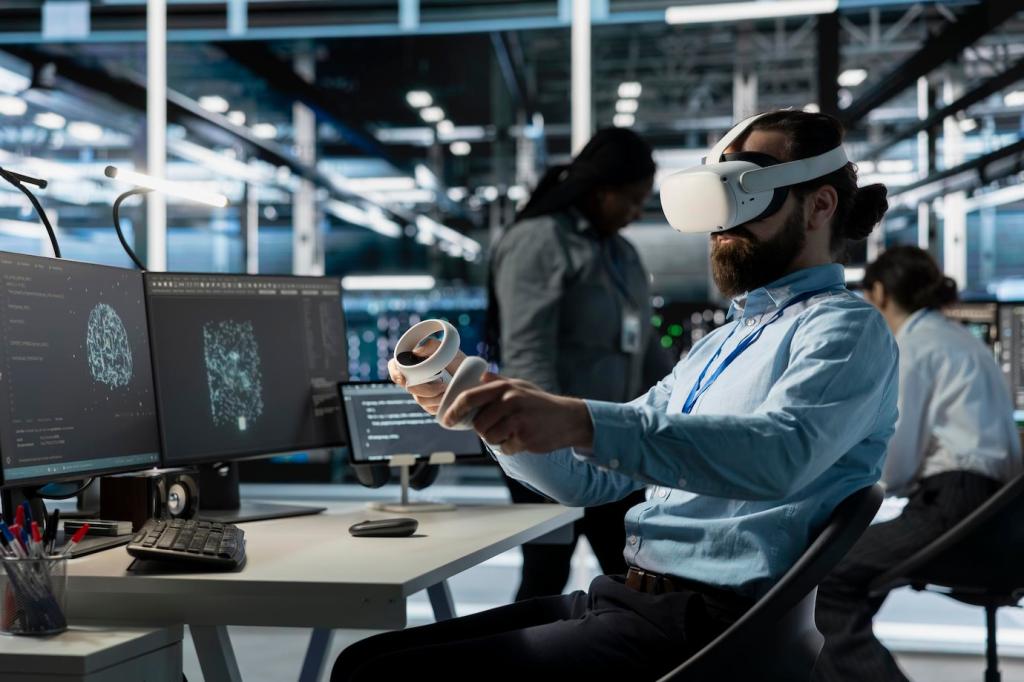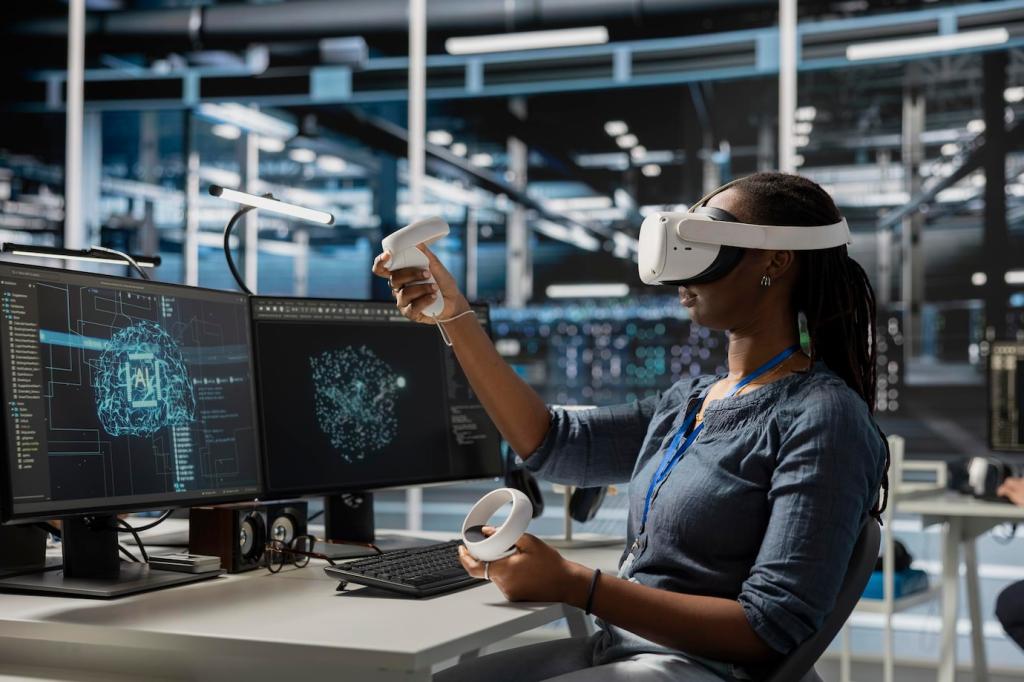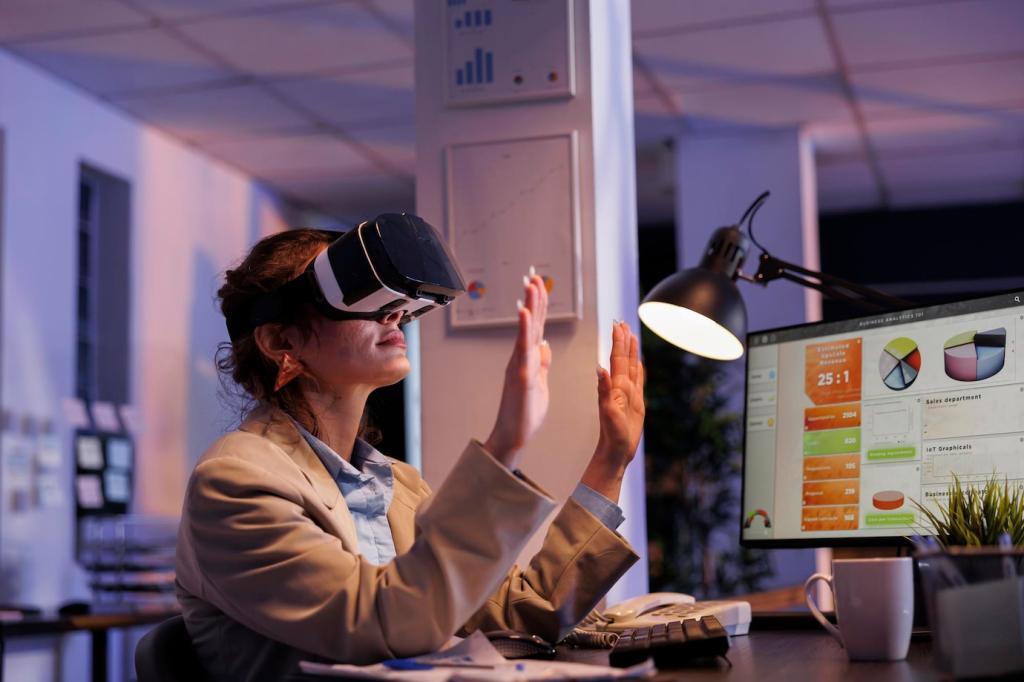This website uses cookies so that we can provide you with the best user experience possible. Cookie information is stored in your browser and performs functions such as recognising you when you return to our website and helping our team to understand which sections of the website you find most interesting and useful.
Sustainable Tech Advancements Revolutionizing Industries
Sustainable technology is rapidly transforming global industries, prompting innovative practices that prioritize both environmental responsibility and economic performance. This wave of technological advancement is redefining traditional business models, encouraging sectors from manufacturing to agriculture to adopt cleaner, greener solutions. Companies worldwide are now integrating sustainability as a core operational principle, facilitated by ground-breaking technologies. This dynamic shift not only mitigates ecological impact but also increases efficiency, resilience, and long-term profitability. As industries embrace these emerging solutions, they pave the way for a more sustainable and prosperous future, driving positive change on a global scale.

Clean Energy Breakthroughs

Green Transportation and Logistics


Smart Manufacturing
Industrial Internet of Things (IIoT)
Robotics and Automation
Predictive Maintenance Systems
Sustainable Agriculture Technologies
Green Building and Construction



